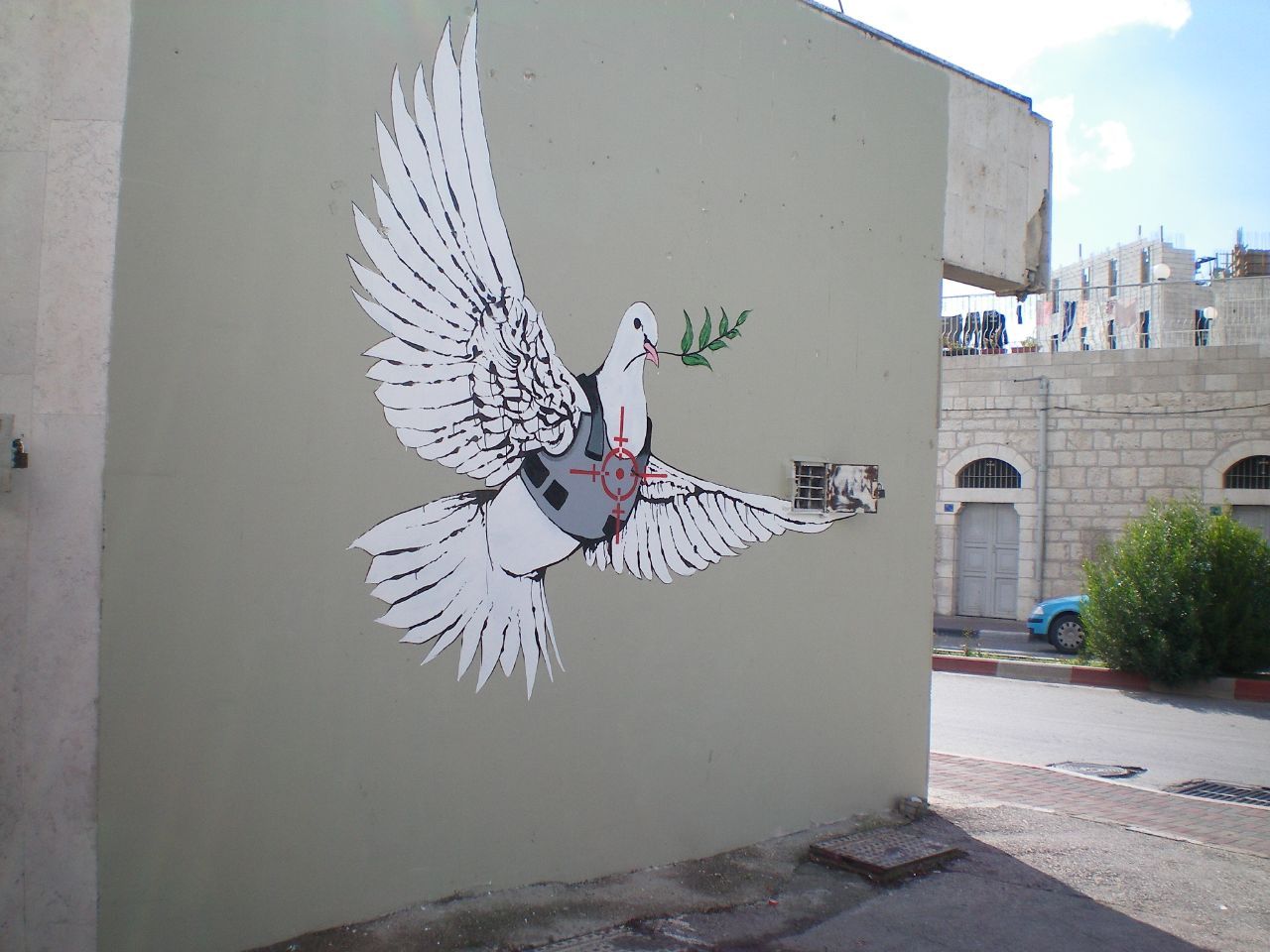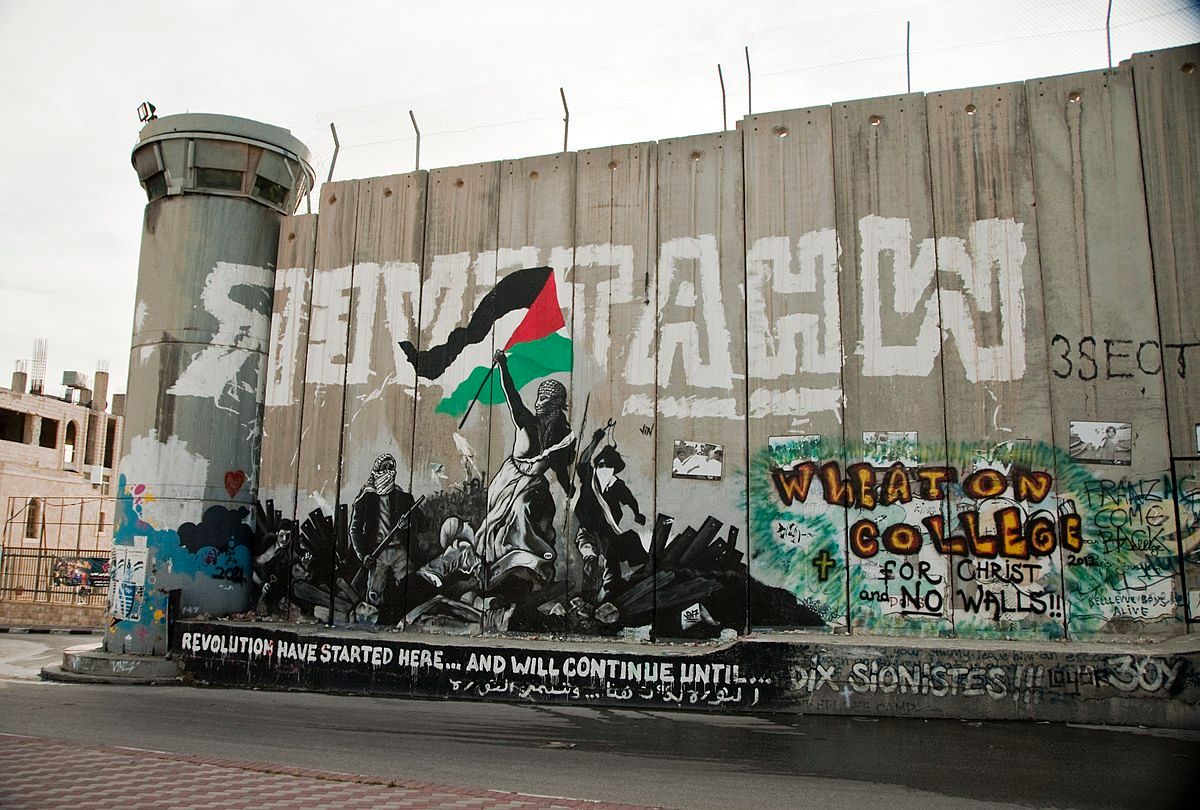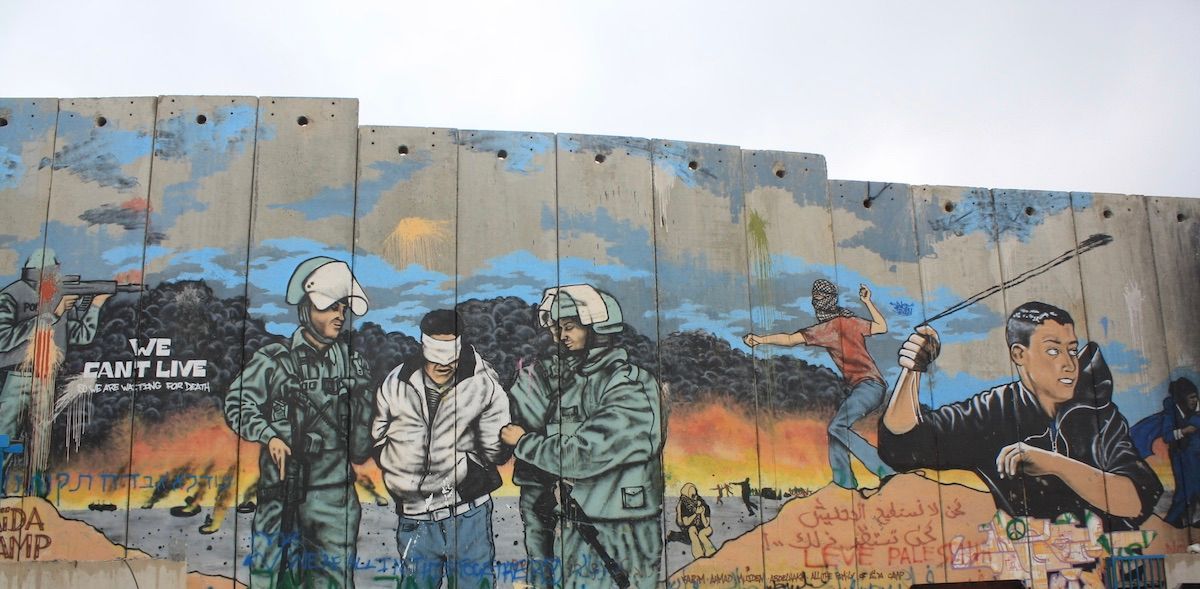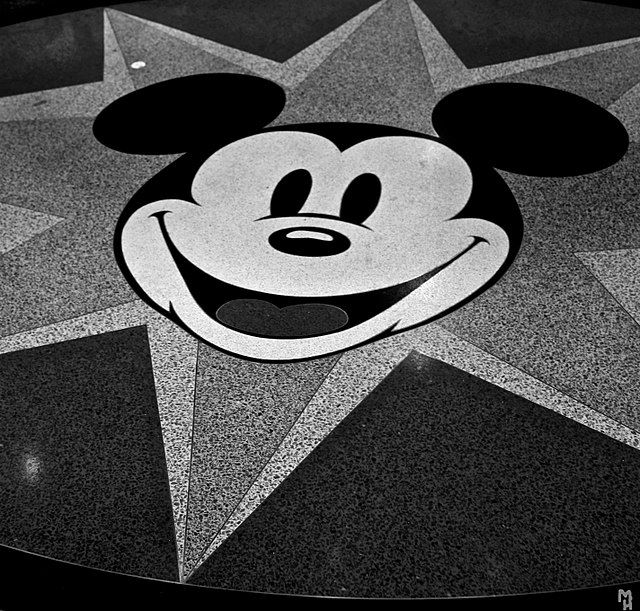In a world that is quick to speak and even quicker to anger, even peace itself begins to resemble the violence it aims to cease. Amidst discussions and political promises that cry for “peace in the Middle East,” imperial language escapes mouths and settles into minds: peace is something to be made, built, kept, and enforced at all costs. The true premise of peace, however, remains lost in translation. Onlookers often consider peace to be a sense of stability, an understanding that does not provide justice, but prioritizes comfort. Thus, when this comfort is replaced with conflict, chaos ensues and action is awaited. While the world turns to militant actors with their weapons and diplomats with their treaties, an often overlooked few reach for cans of spray paint.
Over the past few decades, the revolutionary art form known as graffiti has met perhaps its most controversial canvas: the West Bank Wall, a physical and symbolic divide between Palestinians and Israelis and the land to which they lay claim. Though opposition to the wall’s presence has been spoken since its inception, the world only truly began to listen after it first could look. Through the intersection of artwork and activism, graffiti has become the visual language of resistance across the West Bank. Thus, a mechanism for separation has become a mural, uniting its local and global audiences by depicting a shared vision of a more just, peaceful future.

The Medium
Whether examined through the lens of its potential ancient origins or its emergence from Black hip hop culture in 1960-70s New York City, graffiti serves as the artistic embodiment of the phrase “take to the streets.” Its often illegal presence in public spaces like subway cars and park walls challenges traditional views of accessibility, public expression, and private ownership, blurring the line between art and vandalism, between moral rights and wrongs. As a result, the messages behind graffiti pieces tend to be social commentaries that prove successful in reaching their intended audiences. American anthropologist and graffiti researcher Susan A. Phillips describes the art form as “concrete manifestations of personal and communal ideologies which are visually striking, insistent, and provocative” and “worthy of the continued attention” of social scientists, politicians, and other actors for change. In the geopolitically strifeful West Bank, these concrete manifestations have found their way onto a concrete canvas.
The Canvas
As detailed in a 2003 UN Secretary-General report following a General Assembly resolution regarding the barrier, the Israeli government had considered plans to limit entrance into Israel from as early as 1996, but formalized them with the approval of Government Decision 64/B that called for 80km of continuous barrier to be constructed in three areas of the West Bank. With the approval of Israel’s Cabinet Decision 2077, the first phase of construction began. This cabinet decision described the barrier as “a security measure” with “various observation systems,” such as cameras and watchtowers in response to the Second Intifada, asserting that the barrier “does not represent a political or other border.” In a section entitled “Humanitarian and socio-economic impact,” the UN Secretary-General report listed several concerns regarding the barrier, including its socioeconomic harms, likeliness to cause Palestinian isolation from land, markets, and healthcare services, and ultimately, further fragmentation of the West Bank. These outcomes would later lead to the International Court of Justice to declare that the Wall’s construction and its “associated régime” had “constituted a breach by Israel of certain of its obligations under humanitarian and human rights law” in 2004.
To many Palestinians in the present-day, these warnings and condemnations have materialized. The UN estimates that 11,000 Palestinians live in what is known as the Seam Zone, territory in between the Green Line—a demarcation line between Israel, Jordan, Egypt, and Syria established after Israel’s 1948 Independence War—and the West Bank Barrier, including both the concrete wall and metal fencing that run through the region. Palestinians in this zone “[require] Israeli permits just to stay in their homes.” Consequently, the barrier that many Israelis refer to as a “security fence” is known as an “apartheid wall” amongst Palestinians. Regardless of its name or the controversy surrounding it, the wall remains in place. In doing so, it has inspired its opposition to confront its presence more directly than ever before.
The Artwork

The messaging behind the graffiti on the West Bank Wall can be best understood through the term “sumud,” which translates to “steadfastness.” In Palestinian culture, sumud is a cultural value and ideology that expresses resilience in light of adversity, an ideal especially referenced in the context of the Israeli occupation of the West Bank. Sumud is “a form of social solidarity and coherence against injustice and oppression, which can be a model for emancipation for other nations who suffer persecution in the world.” To depict sumud, graffiti on the West Bank Wall tends to feature symbols of importance to the Palestinian identity, quote influential peacemakers such as Gandhi and Nelson Mandela, ask rhetorical questions such as "if all humans are equal, why do they have to live separated?", and evoke a range of emotional responses, from tears to laughter. As a public and accessible art form utilized by local youth and professional artists alike, graffiti on the West Bank Wall became a revolutionary act of resistance, leading many across the world to think critically about the wall’s existence, and ultimately, what peace in the area should look like.
The Wall’s artistic potential began to garner international attention, notably from an anonymous British street artist under the name of Banksy. In 2005, Banksy traveled to the West Bank and painted nine pieces on the Barrier, including his now infamous works “Rage, the Flower Thrower,” and “Flying Balloon Girl” In 2007, he returned and worked with other artists to open an exhibition in Bethlehem, creating an international tourist attraction that allowed its in-person visitors to gain a witness’ perspective on the situation and raised money for children across the area. The artist responds to criminal vandalism accusations, considering the arrests of other artists, with the question: “How illegal is it to vandalize a wall if the wall itself has been deemed unlawful by the International Court of Justice?" As a result, freelance writer and author William Perry describes art like Banksy’s as “a formidable weapon in the struggle for hearts, minds and justice,” expressing that its unique ability to change Western public perception of the wall as “rare as it is invaluable.” Through vivid imagery and an often provocative sentiment, the West Bank graffiti movement has turned the world’s consciousness into influence, paving the road towards reformation with a bright, bold palette.
The Reception
Amongst Palestinians, reception to the Barrier’s artwork is mixed. Banksy recalls his first visit to the West Bank Wall in which an old Palestinian man told him that his painting made the wall look beautiful. After Banksy thanked him, the man replied, "We don't want it to be beautiful, we hate this wall. Go home." This exchange captures a common sentiment among those who are more critical of the international tourism that the wall’s graffiti has brought about, in which visitors can merely take a “spraycation” to visit the wall and appreciate its newfound aesthetics with no regard for the manner in which it actively shapes the lives of locals. Jerusalem-based Palestinian Activist Amany Khalifa warns that alleged awareness campaigns are “exoticising Palestinian trauma,” explaining to Al Jazeera, “we don’t have the privilege of writing on the wall, and then going home and never having to see this wall again. We are forced to see it every day.”
Others, however, find the art movement to be effective in both raising awareness and support for Palestinians. In 2020, an exhibition was displayed in the center of Bethlehem as a public expression of gratitude for Banksy. In a video message, event coordinator Yamen Elabed stated that his goal was “to show Banksy that we are grateful for the support.” “I just want the message of thanks to reach Banksy…he has helped our economy with ‘alternative’ tourism.” Event attendee and taxi driver Ayoub Ali also expressed his support, explaining how Banksy was able to shed light on the present-day reality of his people. “They [tourists] only know Bethlehem is where Jesus was born, the Church of the Nativity—which I am proud of—but Banksy's idea is also to see where there are 3 million Palestinians living, in the West Bank.”
In order to give precedence to these 3 million Palestinians, some artists focus not on promoting international awareness, but providing support directly to those who, as Khalifa recognized, see the wall every day. In 2007, Palestinian artist Majd Abdel Hamid and two assistants spray painted what appears to be a 14 meter long array of random Arabic letters. When unscrambled, however, these letters spell out the 1988 Palestinian Declaration of Independence. Because of the piece’s location in an area where virtually only Palestinian locals, not tourists, would come across it, Hamid describes it as a message of hope for Palestinians, and for them alone. Though the influence of the West Bank Wall’s graffiti has become global, its potential to inspire and serve the local community cannot be understated. Even if it does not invoke peace across the world, it has proven to remind Palestinians of their sumud and encourages them to anticipate an eventual end to their struggles. Words fall short of describing this impact, and art can only begin to capture it.
In the end, the graffiti on the West Bank Barrier fights for peace by redefining it. It is proven that peace in the Middle East is not just merely a handshake marking the beginning of a diplomatic arrangement, nor is it a white flag waved to end an armed conflict. Rather, peace is ceaseless advocacy towards a reality where equality is far more indispensable than ease. It lies inside those who once felt as though their stories were not worth listening to, but feel empowered by others coming forward to share their own with an audience from across the globe. It lies in conversations where people listen to understand, not to argue; where people become willing to sacrifice their comfort for others' welfare. It lies in the minds of creatives who were brave enough to envision a more righteous world and invite others into it. It lies atop concrete, and it lies in an aerosol can.





